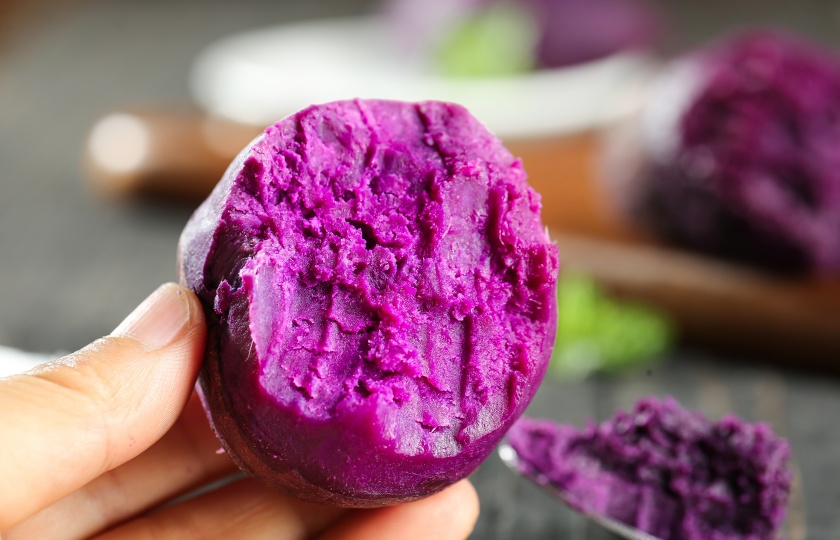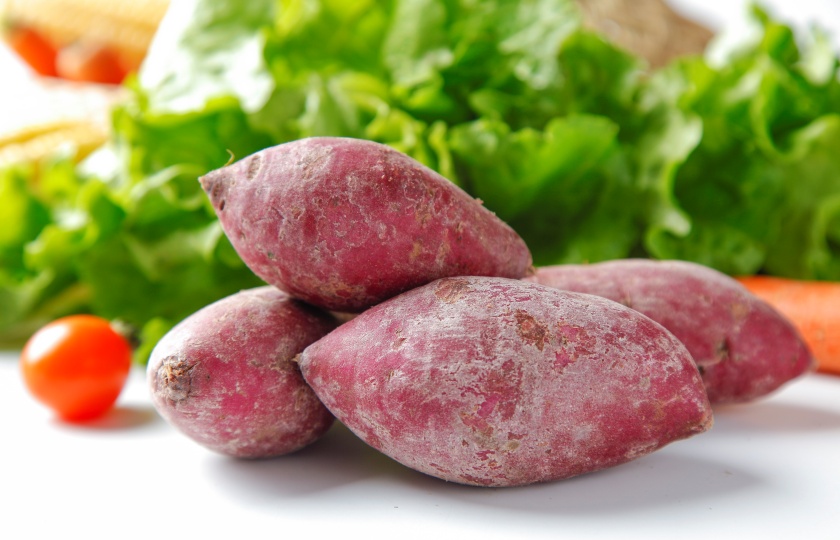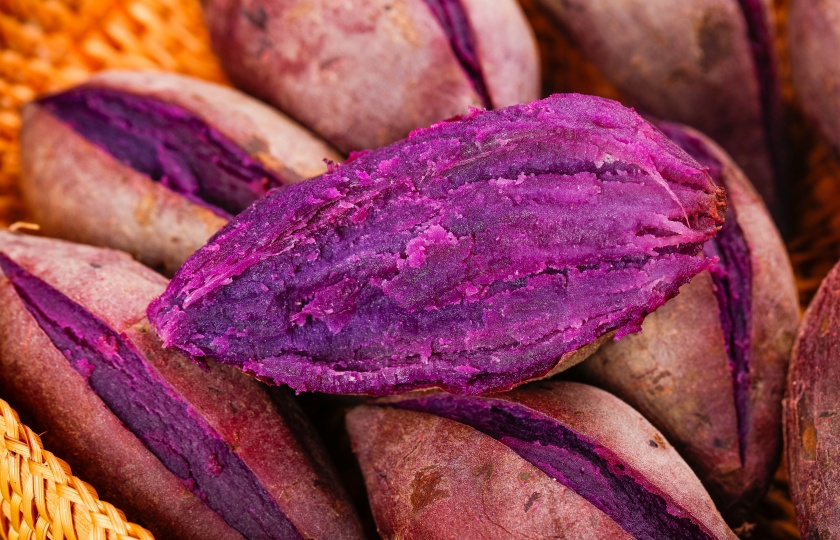Common Names: What Are Purple Sweet Potatoes Called

The potato family is vast and complex. Purple sweet potatoes stand out with various names. Cooking beginners have many confusions. What on earth is it called?
What is the real name of the Purple sweet potato?
In fact, the real names of Purple sweet potatoes are mostly called black potatoes, and some are also called Black Diamond potatoes.
It contains quite a lot of anthocyanins, so it is purple in color and looks different from the potatoes usually seen. This thing can also be used to make many delicious dishes. It can be eaten by boiling, stir-frying or baking. The dishes made taste quite special.
What are the most popular varieties of Purple sweet potatoes?
Relatively popular varieties of Purple sweet potatoes include purple-hearted potatoes and purple-skinned potatoes.
Purple-hearted potatoes have a powdery and glutinous texture and are quite good for making mashed potatoes and French fries. They have a delicate taste and are liked by people who love a soft texture. The purple core is quite novel and is commonly seen in high-end markets and restaurants.
Purple-skinned potatoes have purple skins and sweet flesh. They are suitable for baking or boiling. They have a rich taste and are suitable for those who love a sweet taste. They are often used in special dishes.

Are Purple sweet potatoes starchy or waxy?
Purple sweet potatoes are usually starchy.
They are different from waxy potatoes. Starchy potatoes are quite suitable for making mashed potatoes and French fries. They easily become soft during cooking.
Purple sweet potatoes have a starchy texture and a more delicate taste. They are just right for making dishes that require a soft texture. Overall, their characteristics are quite similar to those of starchy potatoes.
How do Purple sweet potatoes compare to regular white or yellow potatoes?
In terms of appearance:
Purple sweet potatoes have a unique color, presenting a state of purple skin or purple core, and are easily distinguished from ordinary white and yellow potatoes. White and yellow potatoes are common colors known to the public.
In terms of taste:
Most Purple sweet potatoes are starchy and have a delicate, soft and glutinous taste. Ordinary white and yellow potatoes are either starchy or waxy. There are great differences in taste. Some tastes are more floury, while others are firmer.
In terms of nutrition:
Purple sweet potatoes contain anthocyanins and have functions such as antioxidation. Ordinary white and yellow potatoes mainly contain conventional nutritional components such as carbohydrates. In terms of health care effects, Purple sweet potatoes have relatively more advantages.
In terms of cooking:
Purple sweet potatoes are suitable for making dishes that require a certain degree of delicacy in taste, such as mashed potatoes. Ordinary white and yellow potatoes have a wider range of applications and can be used in various cooking methods such as frying, stir-frying, and stewing.

Do Purple sweet potatoes retain their color after cooking?
They will retain their color.
Because Purple sweet potatoes contain natural anthocyanins. When boiled in water, although some anthocyanins will be lost by dissolving in water, not all will be lost. So after cooking, the potatoes as a whole will still show a purple tone.
How should Purple sweet potatoes be stored to keep them fresh?
Store Purple sweet potatoes in a cool, dry and well-ventilated place. Avoid direct sunlight and stay away from high-temperature and humid environments.
Because light will cause the surface of potatoes to turn green and also generate toxic solanine. If the humidity is high, it is easy to cause potatoes to mildew or sprout.
Potatoes can be placed in paper bags, gunny bags or breathable containers to prevent moisture from remaining.
At the same time, do not put them together with vegetables such as onions that release ethylene, otherwise it will affect their freshness duration.
If the environment is suitable, potatoes can usually be stored for several weeks. Remember to check regularly and pick out sprouted and spoiled potatoes to avoid affecting the quality of other potatoes.























